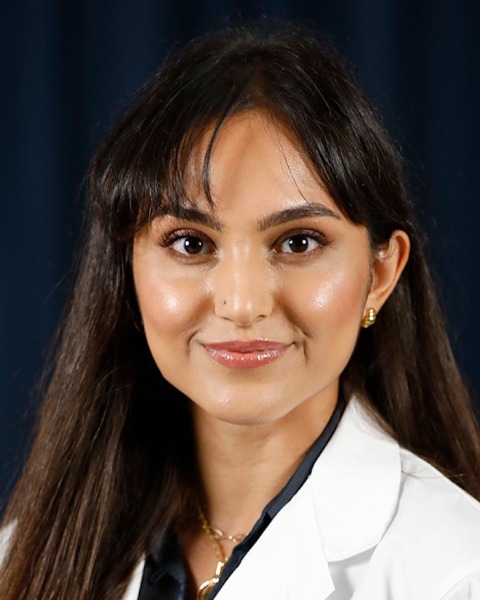General Pediatrics
Session: General Pediatrics Works in Progress
WIP 51 - Association Between Mobile Clinic Use and Patient Health and Demographic Characteristics
Saturday, May 4, 2024
3:30 PM - 6:00 PM ET
Poster Number: WIP 51
Publication Number: WIP 51.892
Publication Number: WIP 51.892

Shirin Salehi (she/her/hers)
Medical Student
University of California, Irvine, School of Medicine
Orange, California, United States
WIP Presenting Author(s)
Background: In the Fall of 2020, the importance of avoiding an influenza and COVID-19 “twindemic” led to the implementation of a socially distanced influenza vaccination strategy: drive through mobile vaccination clinics. Mobile clinics are a valuable resource in expanding access to primary and preventative healthcare to underserved populations marginalized by geographic, social, and structural barriers. Although there are about 2,000 registered mobile clinics throughout the United States and 120 reported mobile health clinics serving California residents, few studies to date have evaluated the neighborhood-level factors in which children live to determine whether social determinants of health (SDOH) influence the use of mobile drive-through clinics vs static clinics for immunizations.
Objective: The aims of this study were to 1) describe the demographic and clinical distribution of pediatric patients who sought immunizations in drive-through mobile vaccination clinics compared to traditional, static clinics, and 2) determine whether the use of mobile immunization clinics is associated with social determinants of health.
Design/Methods: We conducted a retrospective cohort study of 8,266 pediatric patients, 149 of whom received immunizations in 3 mobile clinics and 8,117 of whom received immunizations in 3 static clinics in Orange County from 8/1/2020 to 12/31/2020. Data were collected from patient charts on demographic characteristics (age, sex, race, ethnicity, main spoken language, insurance type) and the presence of chronic illnesses. SDOH was measured using Child Opportunity Index 2.0, a publicly available composite measure composed of 29 traditional and novel weighted indicators that captures community conditions and resources. Logistic regression will be used to examine potential associations between demographic and clinical characteristics, neighborhood level characteristics, and whether the immunization was received in a mobile or static clinic. Data analysis will be completed by December 2023. The study was approved by our institution’s IRB.
